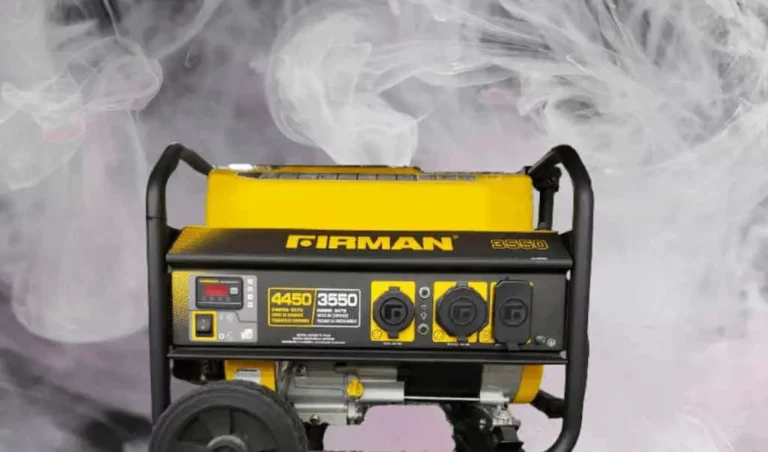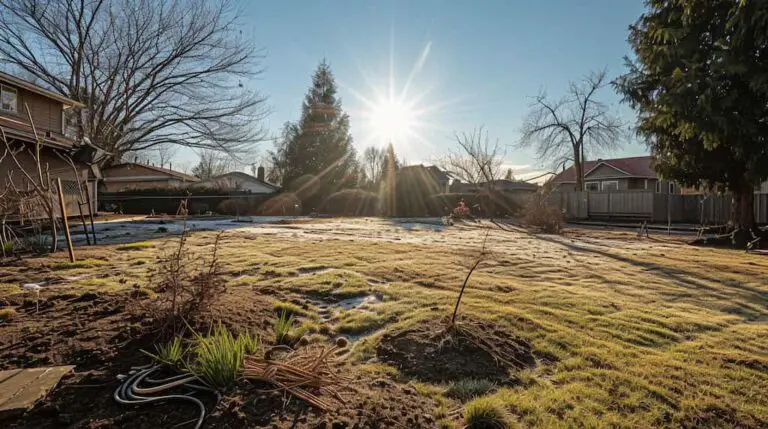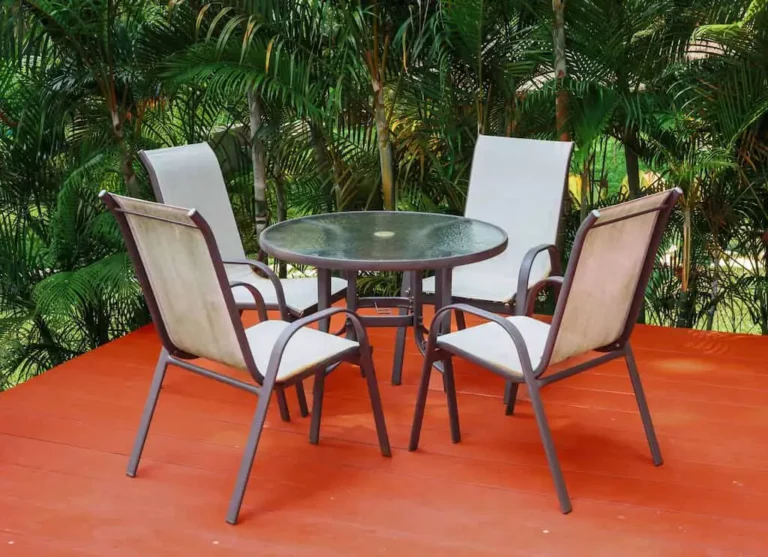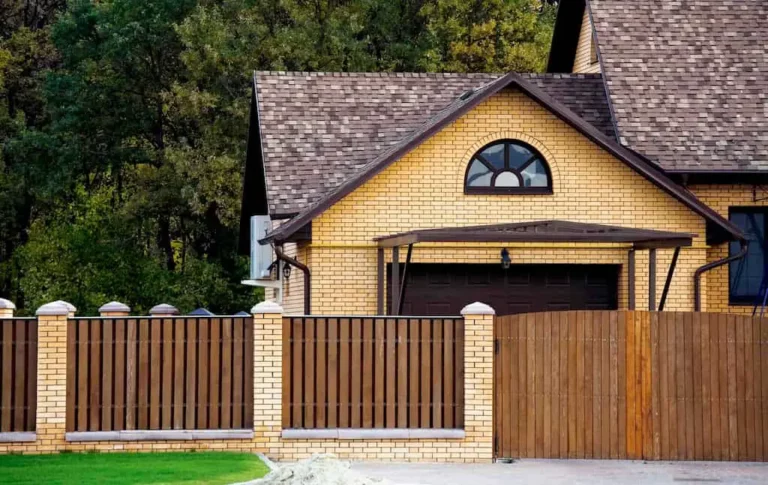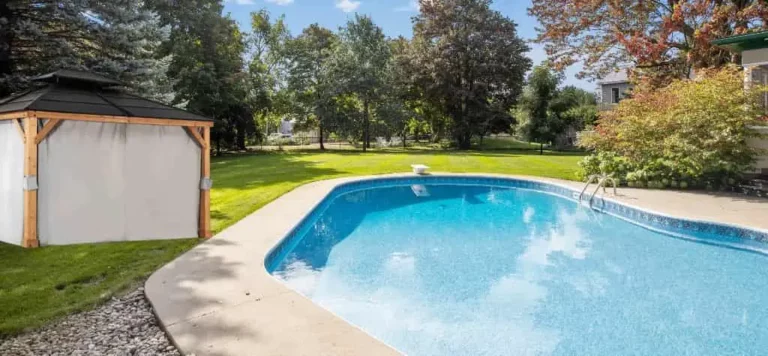What Is An Awning? A Guide To Choose An Awning, Options And Tips
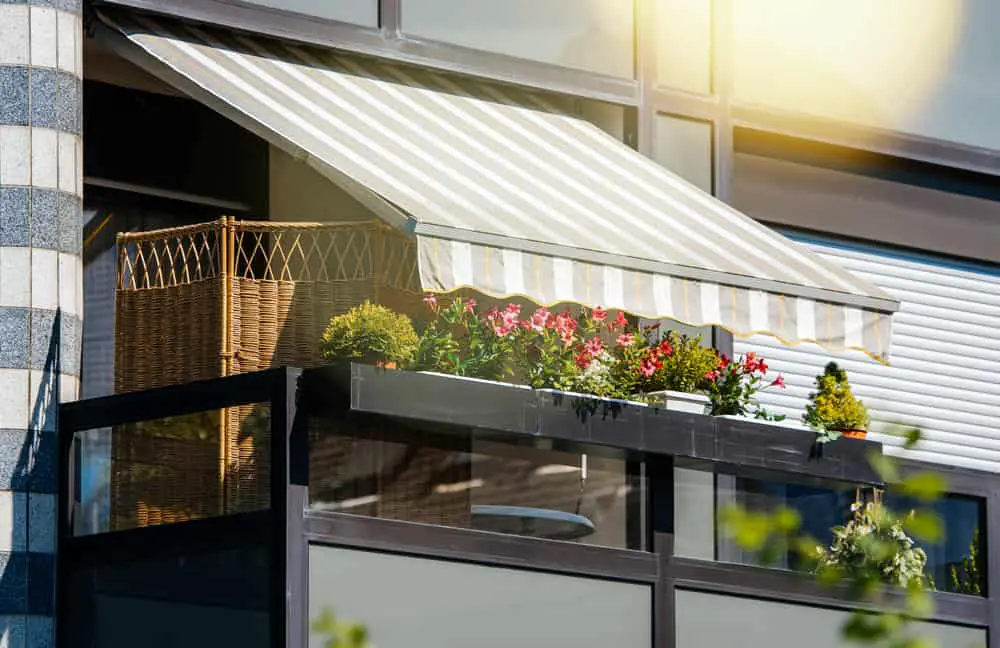
Awnings are one of those structures that many people do not think about much. They take them for granted, seldom glancing upwards. When you own a home, you suddenly realize the importance of awnings. Initially, you may be uncertain about what an awning is, but as you educate yourself, you will discover that there are many alternatives when choosing one. It is helpful to get as many tips as possible before selecting an awning.
An awning is a secondary roof that extends out over windows, doors, or patios. Awnings are not part of the main roof and are usually attached to the exterior walls. They can be fixed or retractable and made from various materials. The size varies according to the desired function.
It is a prudent to consider all the available options when purchasing and installing awnings. They can significantly impact the house’s appearance and the amount of light that enters a home.
What Is An Awning?
An awning is a supplemental roof situated lower on the exterior wall than the main roof. It is often used to cover doorways so that people do not get wet or have to stand in the sun until the door is opened. Homeowners looking for their house keys do not need to get soaked while they search their bags and pockets.
Awnings may also overhang windows. In this instance, awnings function to reduce some of the light from the window, protecting interior furnishings from sun damage and cooling the room.
Window awnings allow the windows to be left open during thundershowers without any rain entering the house. Window awnings are generally smaller than door awnings.
Larger awnings may be used to cover patios and decks. These allow you to use your outside living space without being exposed to the elements. Patio awnings protect garden furniture from weather damage.
An important aspect of awnings is that they add interest to the house’s exterior. Instead of bland, flat walls, you can create interest and draw the eye by using stylish awnings.
Types Of Awnings
Awnings can be made from various materials. Each material creates a unique look and has advantages and disadvantages. The homeowner can choose one based on the appearance and the functioning of the awning material.
Fabric awnings made from canvas, cotton, or polyester were popular in the 1890s and early 1900s. Striped canvas awnings were in style during this era, but the fabric came in many additional patterns. Canvas awnings were especially popular on storefronts, and the fashion spread to private homes. In some places, canvas awnings are still popular for homes and stores.
Fabric awnings could be attached to the exterior walls or fixed to free-standing poles. The fabric was stretched over a sturdy frame and securely attached. The frames were initially made from lead pipe or wood but today are usually made from aluminum.
The homeowner could design the shape of the frame. Some were arched, others domed like a cathedral, and others had a more geometric, angular shape.
Some people were not enamored with fabric awnings and instead chose to build their awnings out of wood. The wood could be kept a natural color, but most were painted to complement the house’s exterior décor.
As aluminum became more easily accessible, many people used it for their awnings. Its light weight and versatility made it popular for constructing awnings. Aluminum can be painted and manipulated to create different styles which add to the house’s style.
Natural materials such as bamboo, reeds, or wooden slats are popular with people that want their house to blend in with the environment. Metals other than aluminum and fiberglass are other options for awnings. Fiberglass has the disadvantage of becoming brittle in the sun.
Awnings come in two major types, fixed and retractable.
Fixed Awnings
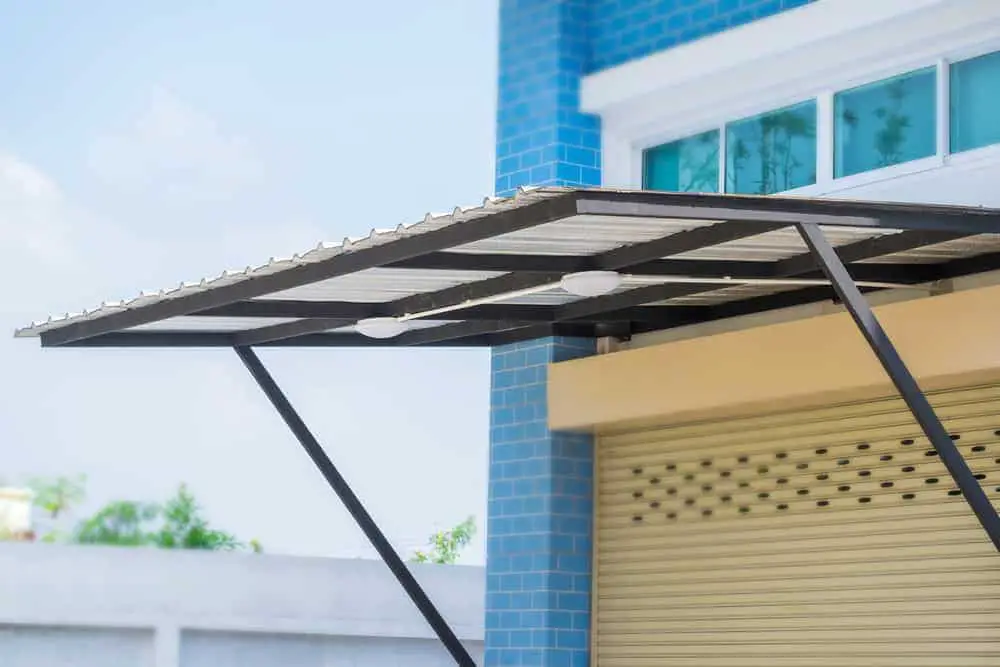
Fixed awnings are permanent structures providing protection from the weather. They can be made in various wedge shapes or rounded arches. There is less to go wrong with a fixed awning because of its rigid structure.
A disadvantage of fixed awnings is that the amount of light and heat that enters the building cannot easily be altered with the seasons. To counteract this, fixed awnings may be constructed with louvers that can be opened and closed to adjust the light.
Fixed awnings may be more susceptible to hail, snow, and wind damage. They are exposed to whatever weather conditions occur and cannot be protected.
Fixed awnings may increase the costs of heating the home in winter as there is no passive heat gain from sunlight exposure at the windows and doors. They also increase energy costs on cloudy days as artificial light is needed for sufficient illumination in the dwelling.
Retractable Awnings
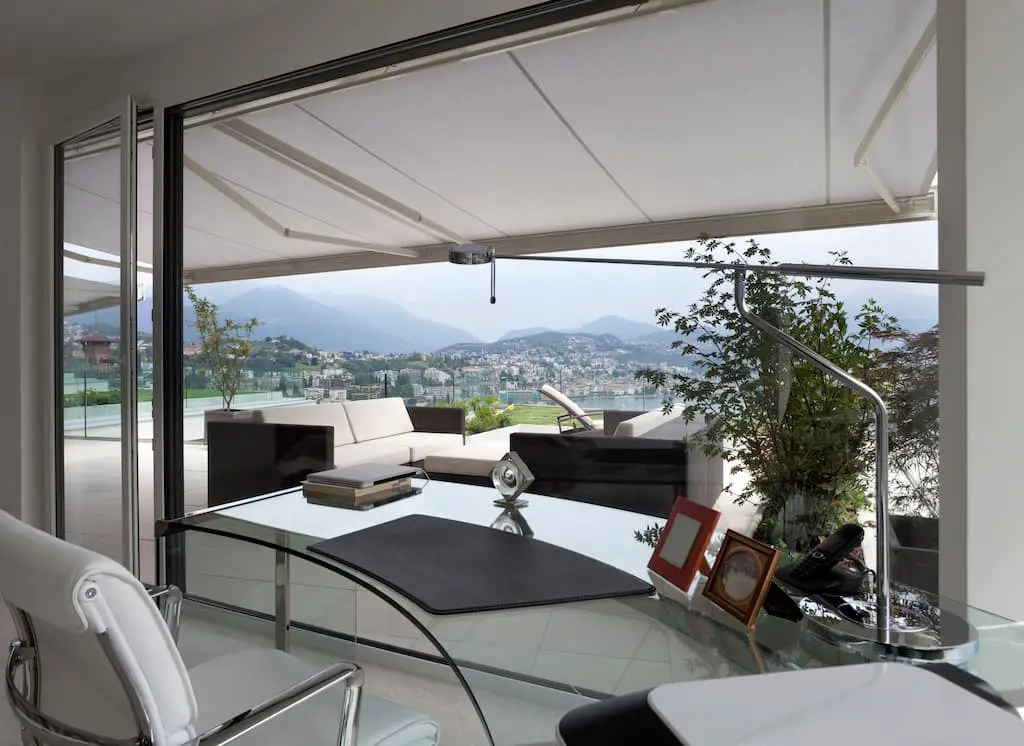
Retractable awnings became popular early in the history of awnings. The first retractable awnings were a simple construction of ropes that allowed the fabric to be stretched over the frame and tied down.
In the face of oncoming storms, in gloomy overcast weather, or in winter, the ropes were loosened, and the awnings were folded down against the sides of the building. In some shops, the extended awning signifies that the shop is open for business as they are retracted every night. Some recreational vehicles still have a similar simple system.
As mechanisms developed and became cheaper, people began to have more complex retractable awnings. In the modern era, retractable awnings may be manual or motorized.
Manual retractable awnings are usually operated by a handle and a basic gear that turns, allowing the awning to be extended or retracted. The ability to move makes them vulnerable to wind damage.
Motorized awnings are operated by pushing a button that engages an electric motor to extend or retract them. Some are operated with a remote control or connected to home automation devices. The motor needed to operate the awning will depend on the size, design, and weight of the awning.
Retractable awnings may last longer than fixed awnings as they can be protected from storm and wind damage. They are better in winter as they allow more sunlight and heat into the building, reducing energy costs.
Where Can I Use An Awning?
Awnings are adaptable and can be used in many different sites. One of the commonest places to use an awning is over the front entrance to the house. This awning not only shelters people while they are on the doorstep but also protects expensive front doors from the effects of the weather.
Awnings can also be used over windows. The best use is on windows that receive a lot of sunlight. Awnings on the sides of the house that receive minimal light will only serve a decorative function. They will significantly reduce the light and heat and increase energy costs.
Recreational areas, such as patios and decks, are made much more user-friendly by the addition of an awning. They protect people, furniture, and structures from harsh weather and can significantly change the home’s appearance.
Awnings are popular for commercial ventures, especially cafes or street-side restaurants. Businesses use awnings to attract attention and offer their clients protection from the weather.
Awnings can be attached to the side of recreational vehicles to extend the living space. These may be retractable and can be folded down, or they may be removable to allow the vehicle to travel around. Some recreational vehicles (RV) use free-standing awnings.
How Much Does It Cost To Install An Awning?
The average cost of buying and installing an awning is (US) $2,459. There will obviously be some variation according to the size and type of awning you choose. The price range for purchasing and installing an awning is $1,261 to over $20,000.
- Canvas fabric awnings cost $300 to $700.
- Metal awnings are in the range of $250 to $800.
- Manual retractable awnings are $500 to $6,000.
- Mechanical or motorized retractable awnings are expensive at $2,000 to $3,500. Some can cost up to $17,000
- A permanent or fixed awning is $250 to $800.
- Portable awnings are usually around $200.
- RV awnings can cost between $300 and $2,700
The cost of installing a fixed awning ranges between $175 to $450. Installation costs vary considerably between regions and will be influenced by the construction and state of the walls of the building. Installing motorized awnings can be between $1,000 and $4,000.
Deck and patio awnings are larger and cost more than window or door awnings. You can expect to pay $600 to $3,500 or more for these awnings.
You may need a permit to install an awning on your home. The price of permits varies between regions but is usually between $25 to $100.
How Often Do Awnings Need To Be Replaced?
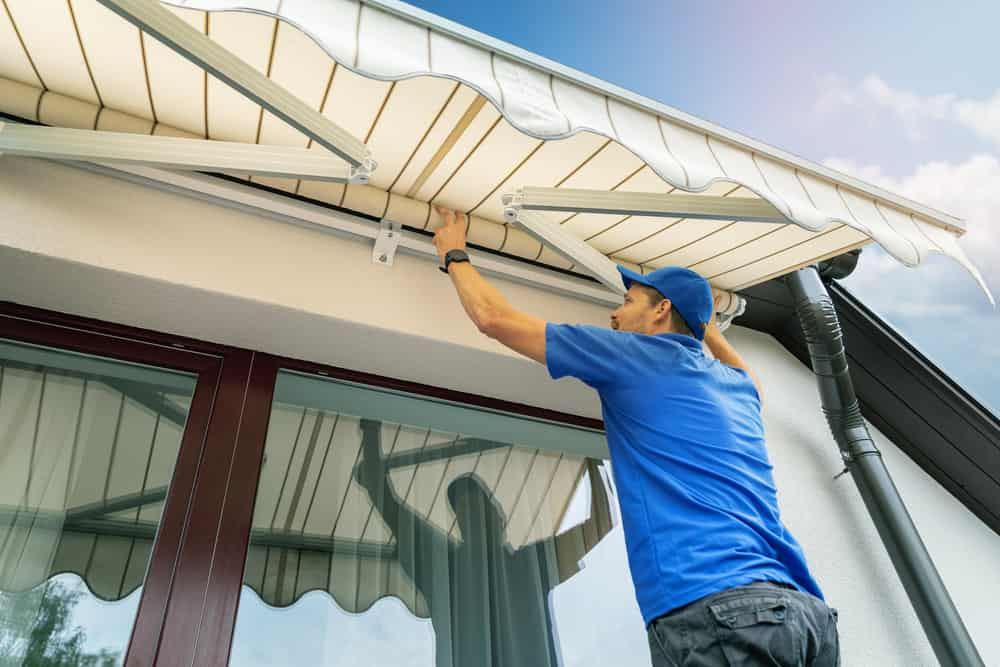
Awnings are an expensive investment in your home, and it is important to know how long they will last. Each awning is different and will have a different lifespan.
The material used, the installation, and the care of the awning will determine how often it will need to be replaced. You can increase the viability of your awning by caring for it correctly.
Trouble Shooting A Stuck Awning Easy Steps
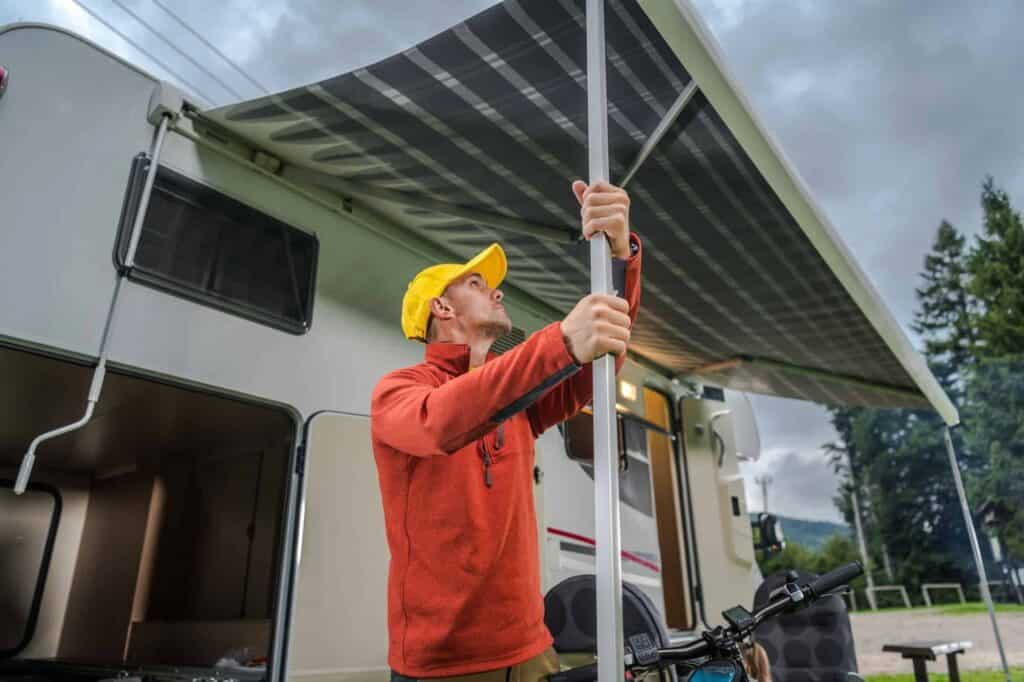
A stuck awning is inconvenient and usually occurs just when you need it most. It is useful to know how to check for easy fixes before you call in a professional. You can find out some of the things that go wrong and how to fix them.
It is also helpful to know when you should call a professional and whether your awning is fixable or not. Some basic maintenance can help keep your awning working smoothly.
This article deals specifically with RV awnings, but the basic principles can be applied to most retractable awnings.
Do Black Awnings Attract Heat?
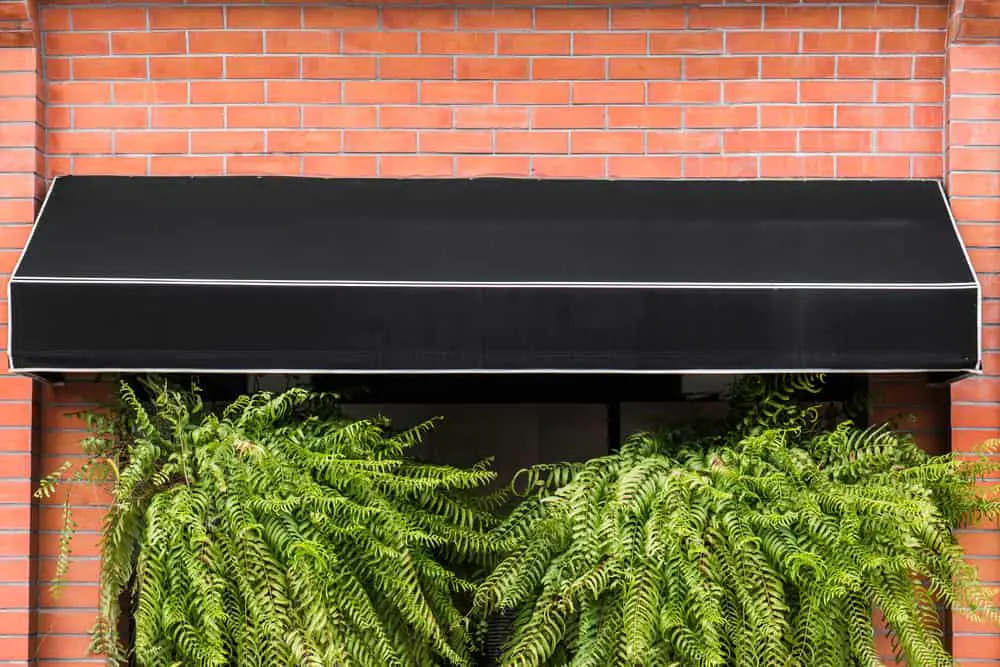
Awnings are available in a various colors and materials. Choosing the right color is critical. You may have heard that black awnings attract heat. The answer to this lies in the basic physics of light – but don’t worry, it is not complex to understand.
You can determine which colors are best and which materials will produce the effect you need from your awning.
Do Awnings Have To Be Fully Extended?
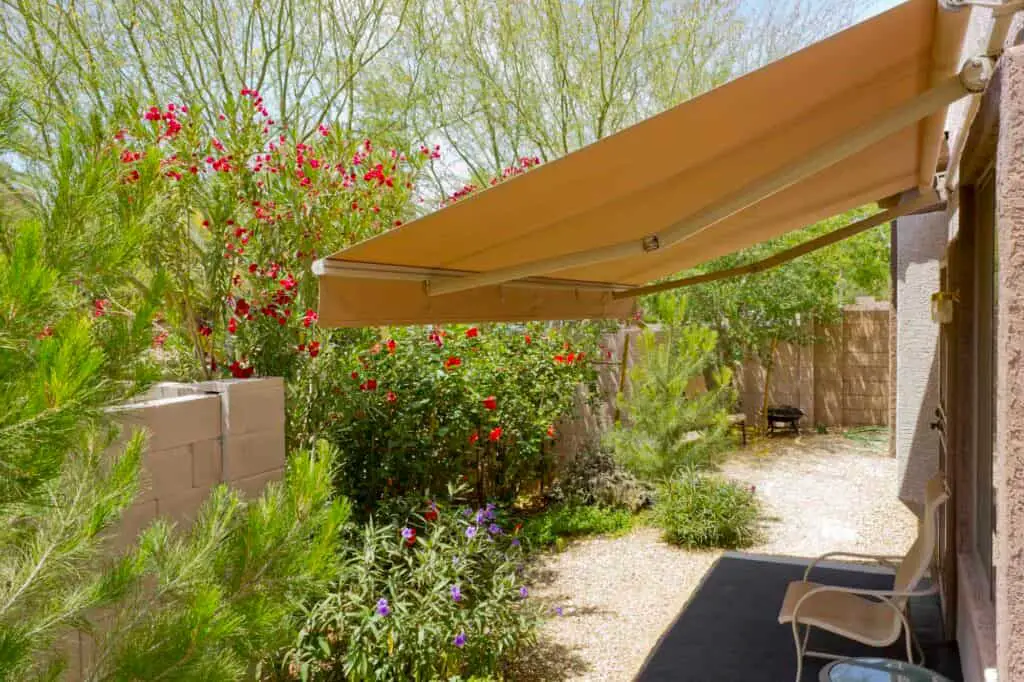
If you have a retractable awning, it will be beneficial to have some tips on how best to use it. Questions such as whether it must be fully extended or if it is safe to use it partially extended need answers.
You can also find out how high awnings can be installed, how much space they require, and whether they can be attached directly to a roof. Details on the benefits of retractable awnings are available in this article.
Are Awnings Expensive?
Before you start any project, it is wise to know the costs involved, and the same is true for adding an awning to your home. The different kinds of awnings influence price quite dramatically.
It is advantageous to have this review that combines the prices of the options with the features of each awning type. It is easy to consider the advantages and disadvantages while keeping the cost differences in mind.
Leaking Awning? Here’s What To Do
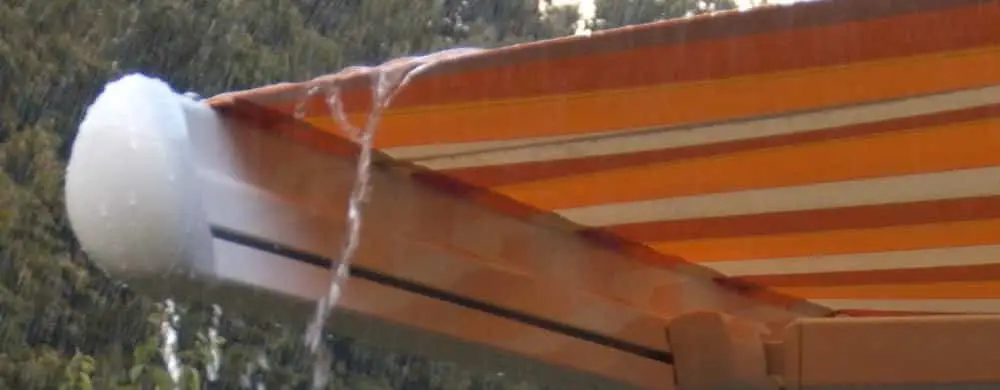
It can be very discouraging to notice a leak in your awning, especially one in your RV awning. No one wants to do major repairs while they are vacationing.
You can find out how to do some quick temporary repairs to your RV awning. There are also tips on completing more permanent repairs and advice on when you need to replace your RV awning.
Conclusion
Awnings are structures that have a practical use in a home, business, or RV. They can also be used for aesthetic purposes and may be used in advertising a business. There is a lot of variation in awnings, and it is worthwhile doing your homework to find the best awning for your needs.
Different colors and materials influence the image an awning creates and practical aspects such as heat transmission. Finding out about these details is critical before making your selection.
